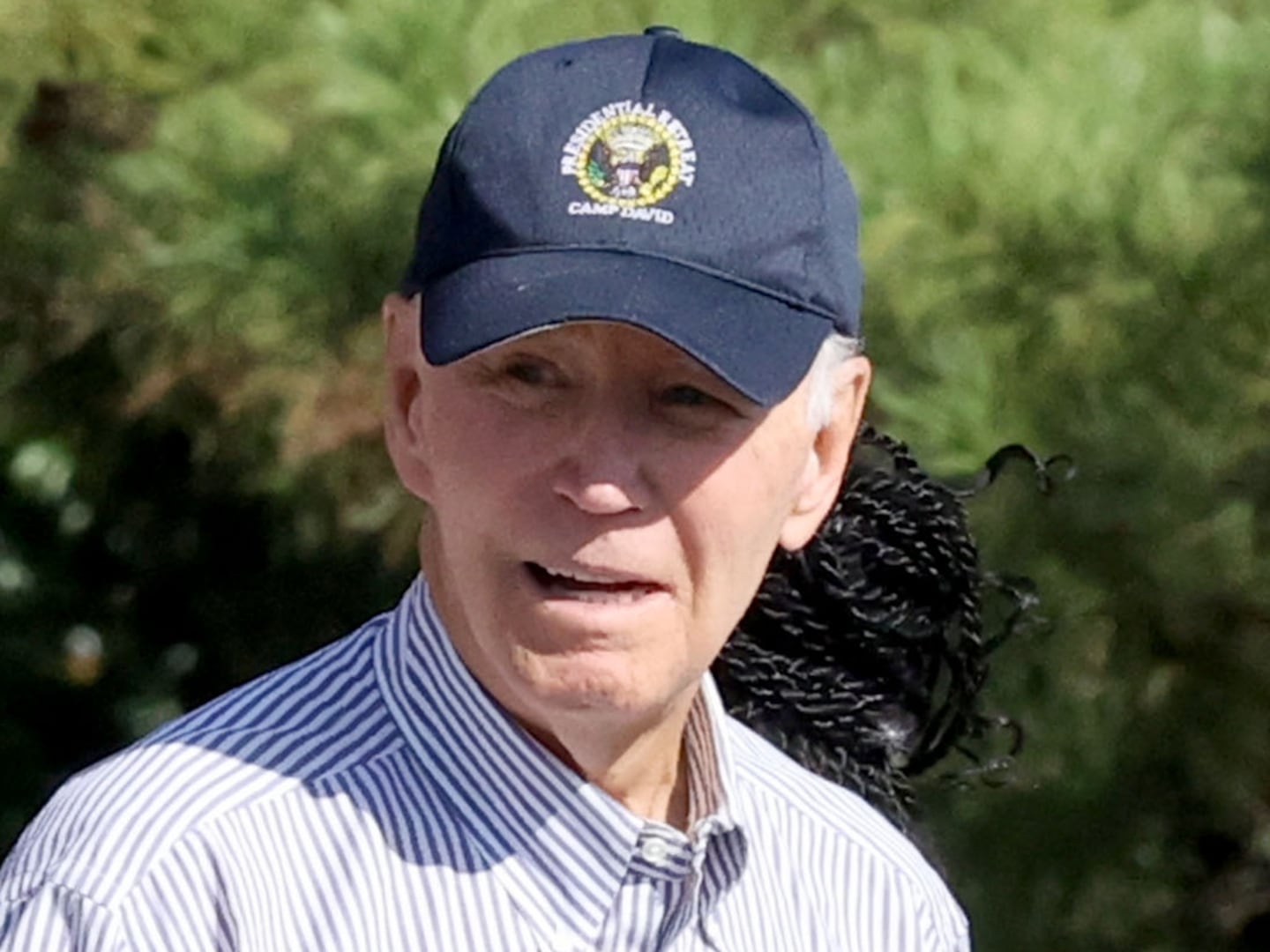On Tuesday in the United Kingdom, United States law enforcement arrested futures trader Navinder Singh Sarao and froze more than $7 million of his assets in banks around the world. The Department of Justice says that Singh manipulated commodities markets and partially caused the May 6, 2010, “Flash Crash” that sent the Dow Jones Industrial Average plunging 1,000 points in minutes.
Sarao’s Flash Crash involvement is a nice news hook and Michael Lewis, who wrote the book about this kind of thing in Flash Boys, should have a lot to say about it.
But, keep this in mind: Sarao traded for more than four years after the Flash Crash, utilizing the services of futures exchanges that are meant to serve as the front line of industry self-policing. The Flash Crash was gone in an instant (stock prices recovered that day). This alleged market manipulator operated for years.
Not only did he temporarily crash the stock market, but he was free to do it again.
The commodity at issue here are futures contracts tied to the S&P 500, the most liquid of the U.S. stock indexes. The government’s criminal complaint describes these contracts as “one of the most popular and liquid equity index futures contracts in the world.”
Sarao is said to have made $40 million in profits by manipulating markets between 2009 and the spring of 2014. That’s a lot of money, but by global market standards, Sarao is a small player. The government will have to prove that such an insignificant market participant can have such a large effect on prices.
But in a world where speed rules, size matters much less. According to the criminal complaint, Sarao used specialized trading software to place large buy and sell orders and had preprogrammed his systems to adjust and cancel most of his orders so that they were never executed.
When Sarao wanted to drive futures prices lower, he placed large sell orders. If prices fell towards his asks, he moved them or canceled the orders before they were filled. Similarly, if he wanted to drive markets higher, he bid high and then moved the bids or canceled them before he’d have been required to pay up.
The practice of placing fake bids is known as “spoofing.” The government says that Sarao could do all of this in fractions of a second.
The size of Sarao’s spoof trades, says the complaint, were much larger than the typical trade sizes of other investors. Sarao typically bid for between 200 and 900 lots of contracts at a time. To put that in perspective, the average market sized order is for 7 lots.
Basically, Sarao was a minnow disguised as a humpback whale.
He concentrated his trades in the E-Mini S&P 500 Futures Market, where contract sizes are 1/5th the size of the standard S&P 500 futures. These are instruments for smaller investors.
On the day of the Flash Crash, says the complaint, Sarao’s spoof trades accounted for 20 percent of the imbalance between selling and buying pressure. The government contends that the selling pressure from the E-Mini futures markets spilled into other derivatives markets and into the stock market itself. That’s where the real, large, fast-moving players and their trading algorithms cascaded towards failure.
One interesting aspect of the futures markets is that they are self-regulated by exchanges, in this case by the CME Group. The exchanges exist to make sure that participants live up to their promises. If I sell you $1,000 worth of barrels of oil to be delivered a year from now at $60 a barrel, the exchange makes sure that you get what was promised—even if the price of oil has risen. Exchanges do this by forcing contract holders to post collateral but can also ban shirkers and other bad actors.
But Sarao seems to have uncovered lax monitoring by the CME Group and other exchanges, the government says. Gregory LaBerta, the FBI agent whose affidavit accompanies the criminal complaint, says that Sarao was contacted by various exchanges in 2009 and 2010, questioning his cancellations of large orders.
Sarao responded that he “frequently canceled large volumes of orders but falsely asserted that he did so manually, without the assistance of an automated trading program.”
On the day of the Flash Crash, the CME Group wrote to Sarao that “all orders entered into Globex during the pre-opening are expected to be entered in good faith for the purpose of executing bona fide transactions.”
Four days later, Sarao told his broker that he had responded to the CME and “told ’em to kiss my ass.”
Sarao went on to trade for years. When the Eurex, a German futures exchange, questioned his tactics, Sarao assured the exchange that his trades were “100 percent at risk, 100 percent of the time.” When the Financial Conduct Authority of the UK questioned him he described himself as a talented, “old school” trader with fast reflexes.
Exchanges should be willing to ban bad actors. They saw Sarao entering phony trades and responded by sending him letters.
This is no surprise. Exchanges don’t make money by kicking people out of the game. Volume is everything.
No one seems even to have noticed that Sarao kept a good chunk of his trading gains in the accounts of “Milking Markets Limited,” a tax shelter he had incorporated in tropical Nevis Island. Perhaps whoever issued the wire transfers thought he was in the dairy business.





